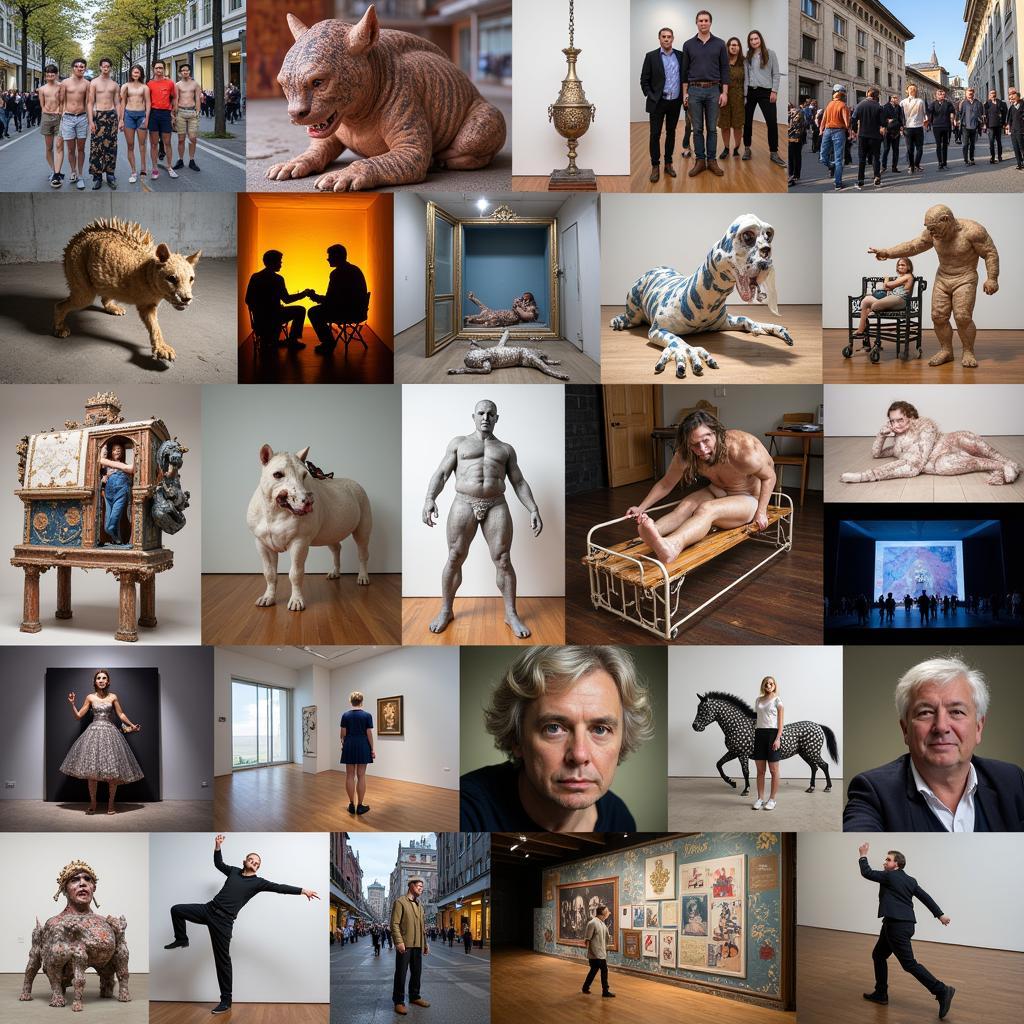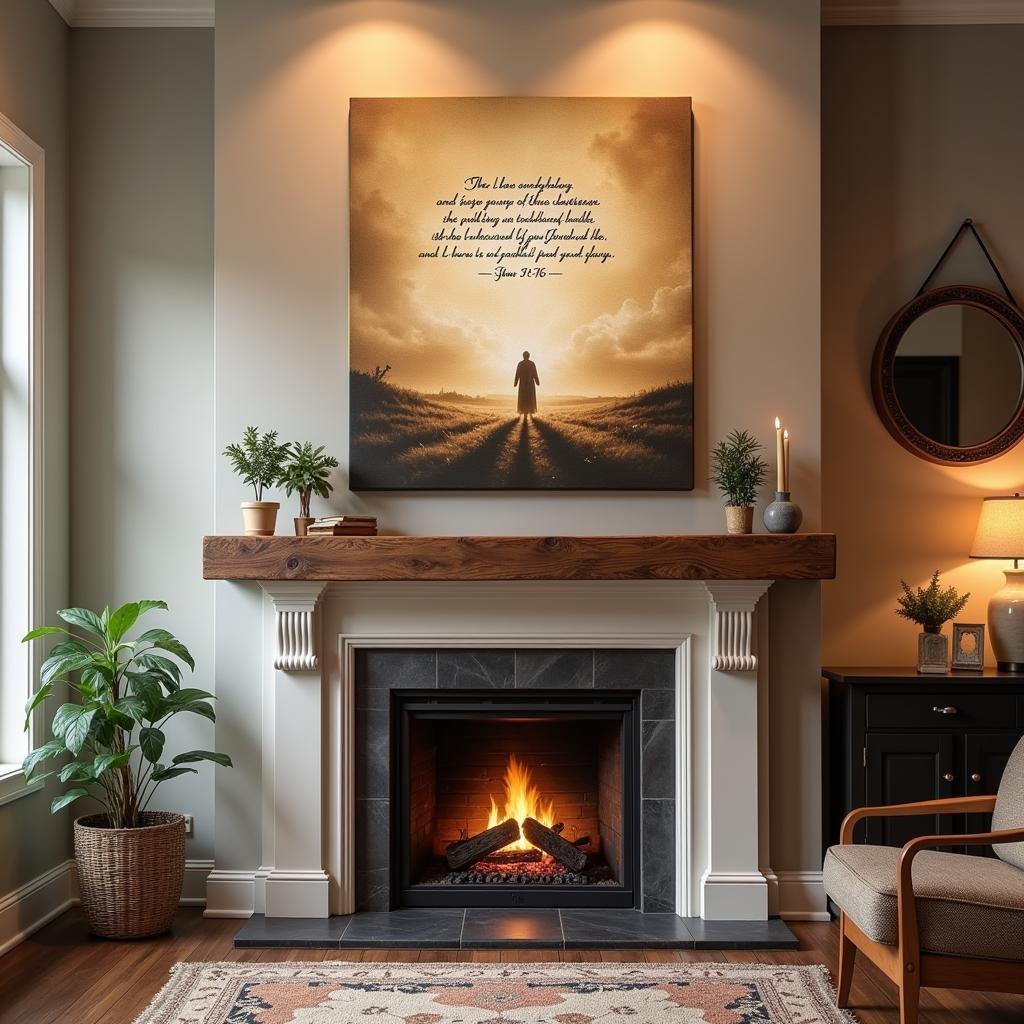Exploring the Depths of Russian Art Projects
Russian Art Projects have always held a unique position in the global art scene, reflecting a rich cultural heritage and a complex historical narrative. From avant-garde movements to contemporary installations, these projects offer a fascinating glimpse into the evolving artistic landscape of Russia. This article delves into the multifaceted world of Russian art, examining its historical context, key themes, and prominent figures.
A Journey Through Time: Russian Art Projects Across the Ages
Russian art projects have evolved dramatically over time, reflecting societal shifts and artistic innovations. From the iconic religious iconography of the Byzantine era to the vibrant socialist realism of the Soviet period, each era has left its indelible mark. Understanding this historical context is crucial to appreciating the depth and diversity of Russian art.
The Rise of Avant-Garde: Revolutionizing Russian Art
The early 20th century witnessed a period of unprecedented artistic experimentation in Russia. Avant-garde movements like Constructivism, Suprematism, and Futurism challenged traditional artistic norms, embracing abstraction, geometric forms, and bold colors. Artists like Kazimir Malevich and Vladimir Tatlin pushed the boundaries of artistic expression, creating works that remain influential to this day. These groundbreaking Russian art projects redefined the relationship between art and society, reflecting the revolutionary spirit of the time.
Socialist Realism: Art as Propaganda
The Soviet era saw the rise of Socialist Realism, an artistic style that served as a powerful tool for propaganda. This style depicted idealized scenes of Soviet life, celebrating workers, peasants, and the achievements of the communist regime. While often criticized for its propagandistic nature, Socialist Realism provides a valuable window into the social and political realities of the time. Exploring these Russian art projects allows us to understand how art can be used to shape public perception and reinforce ideological narratives.
Contemporary Russian Art: Navigating a New Era
Following the collapse of the Soviet Union, Russian art experienced a period of rapid transformation. Artists embraced new freedoms of expression, exploring diverse themes and styles. Contemporary Russian art projects often grapple with issues of identity, memory, and social change in post-Soviet society. From performance art to digital installations, these projects reflect the dynamism and complexity of the contemporary Russian art scene.
 Contemporary Russian Art Installations and Performance Art
Contemporary Russian Art Installations and Performance Art
Key Themes in Russian Art Projects
Certain themes resonate throughout Russian art history, offering insights into the cultural and philosophical underpinnings of these projects. Understanding these themes is essential to deciphering the deeper meanings embedded within Russian art.
Identity and Belonging
The search for identity and belonging is a recurring theme in Russian art, reflecting the country’s vast and diverse cultural landscape. Artists often explore questions of national identity, cultural heritage, and the individual’s place within society.
Spirituality and Religion
The influence of spirituality and religion is deeply ingrained in Russian art, particularly in the tradition of icon painting. Even in contemporary art, spiritual themes continue to emerge, reflecting the enduring power of these beliefs.
Nature and Landscape
The vastness and beauty of the Russian landscape have long inspired artists. From romantic depictions of nature to contemporary explorations of environmental issues, the theme of nature continues to hold a prominent place in Russian art.
Conclusion: The Enduring Legacy of Russian Art Projects
Russian art projects offer a captivating journey through history, culture, and artistic innovation. From the revolutionary avant-garde to the contemporary explorations of identity and social change, these projects continue to captivate audiences worldwide. By exploring the depths of Russian art, we gain a deeper understanding of the complex and dynamic cultural landscape of Russia and its contribution to the global art world.
FAQ
- What are some famous Russian art movements? Some key movements include Constructivism, Suprematism, and Socialist Realism.
- Who are some important figures in Russian art? Key figures include Kazimir Malevich, Wassily Kandinsky, and Vladimir Tatlin.
- Where can I see Russian art? Many museums worldwide, including the Tretyakov Gallery in Moscow and the Hermitage Museum in St. Petersburg, house significant collections of Russian art.
- What is the significance of Russian icon painting? Icon painting holds deep religious and cultural significance in Russia, representing a unique form of artistic expression.
- How has contemporary Russian art evolved? Contemporary Russian art has embraced diverse mediums and themes, reflecting the social and political changes following the collapse of the Soviet Union.
- What are some common themes in Russian art? Common themes include identity, spirituality, nature, and social commentary.
- Where can I learn more about Russian art projects? Online resources, art history books, and museum exhibitions provide valuable avenues for further exploration.
More Questions?
For additional information and support on Russian Art Projects, please explore other articles on our website or contact us directly.
Need help with your own art project? Contact us: Phone: 02462573573, Email: danteum@gmail.com or visit us at Savico Megamall, 7-9 Đ. Nguyễn Văn Linh, Gia Thụy, Long Biên, Hà Nội 10000, Việt Nam. We have a 24/7 customer service team.

